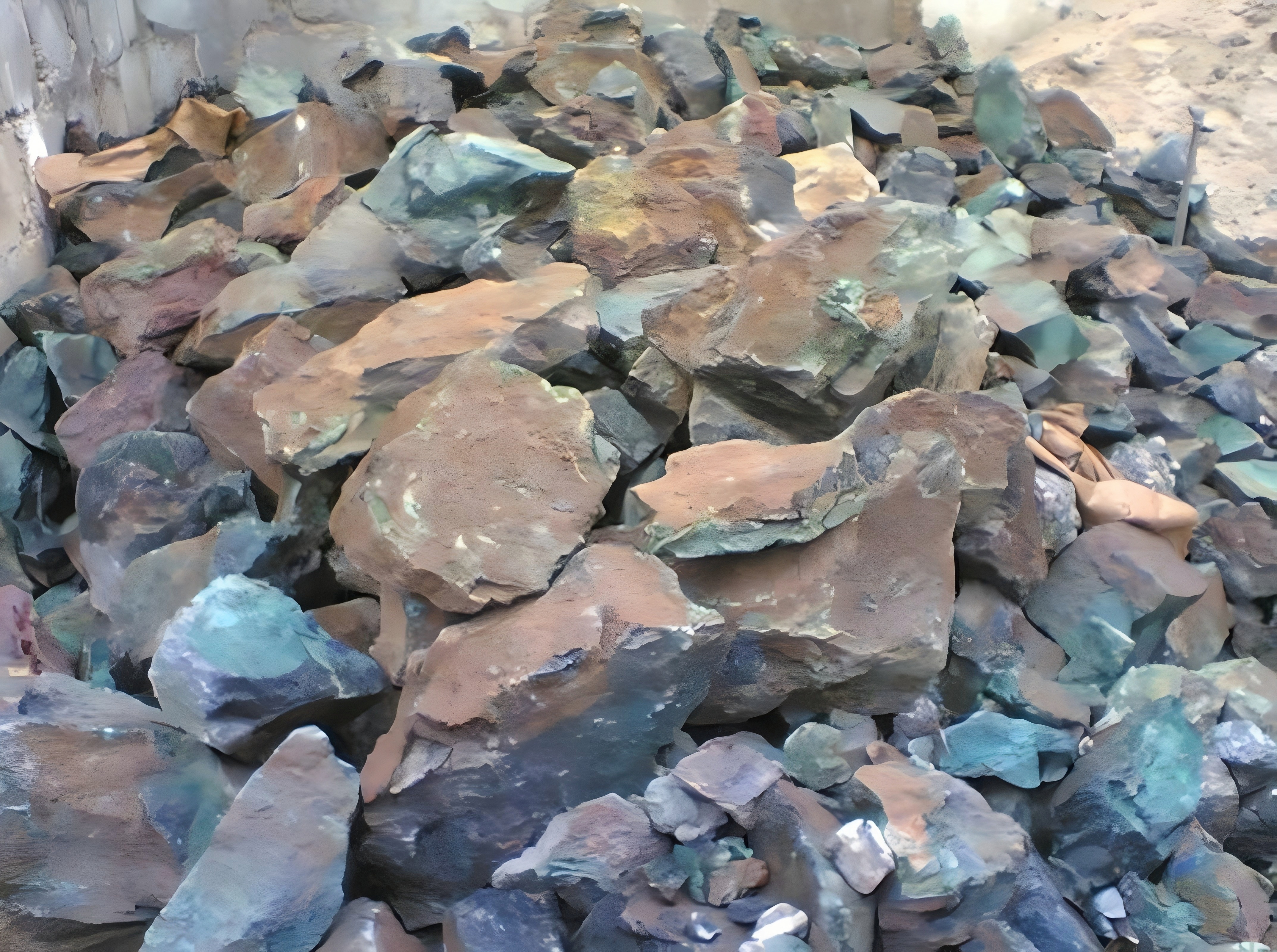1. Flotation
Flotation is the most widely used method in copper ore beneficiation, particularly suitable for processing fine-grained, disseminated ores. Its basic principle is to utilize the differences in the physical and chemical properties of the mineral surfaces and, through the addition of flotation reagents, separate valuable minerals from gangue minerals. During the flotation process, copper mineral particles adhere to bubbles and rise to the liquid surface with them, forming a froth layer, while gangue minerals remain in the slurry, achieving separation. Flotation typically involves multiple stages, including roughing, cleaning, and scavenging. Parameters such as reagent system, aeration volume, and slurry concentration require flexible adjustment based on ore properties and beneficiation requirements.
2. Magnetic Separation
Although copper ore itself is not magnetic, some copper ores often contain associated magnetic minerals, such as magnetite. Magnetic separation primarily exploits the magnetic differences between these minerals to separate them. Magnetic separation serves as a pretreatment step before beneficiation to remove impurities that could negatively impact subsequent beneficiation. The more magnetic separations are repeated and the finer the copper ore particle size, the better the impurity removal.

3. Gravity Separation
Gravity separation separates mineral particles based on density differences and is suitable for processing coarse-grained, easily dissociated ores. In copper ore beneficiation, gravity separation is often used in pre-selection operations to remove waste rock and improve the feed grade.
4. Chemical Separation
For some difficult-to-separate or low-grade copper ores, traditional physical separation methods are insufficient to achieve ideal recovery results. In these cases, chemical separation can be considered. Chemical separation involves leaching, extraction, and electrolysis. Chemical reactions dissolve copper from the ore, and subsequent processing yields the copper product. Tank leaching, a common leaching method used in early hydrometallurgical copper smelting, is suitable for processing low-grade, oxide-copper ores.
5. Combined Separation
Given the advantages and disadvantages of different beneficiation methods, combined beneficiation processes are often used in practice to achieve optimal beneficiation results. Examples include flotation-magnetic separation and flotation-gravity separation. This combined process not only improves the recovery rate of copper minerals, but also effectively separates other useful minerals and reduces mineral processing costs.
The determination of copper ore beneficiation method is mainly based on comprehensive considerations such as ore properties, mineral composition, copper grade and associated elements. The specific method selection is also determined by the actual situation such as ore characteristics. You can contact Shengbang Machinery WhatsApp +8613949025317 to design a free beneficiation plan for you.
Fill in the information and we will contact you as soon as possible